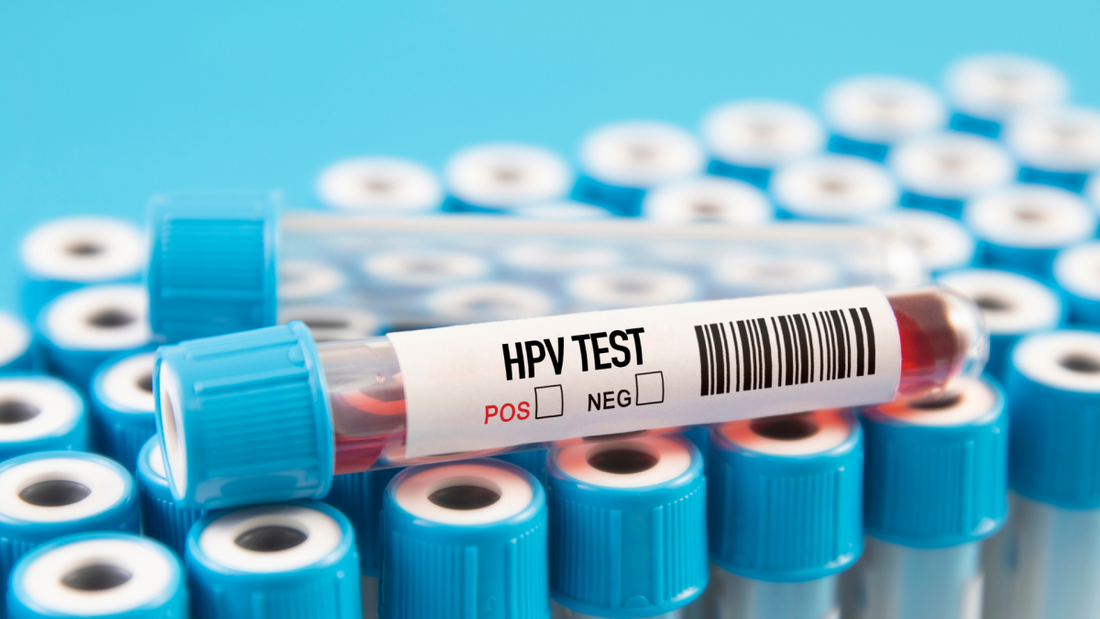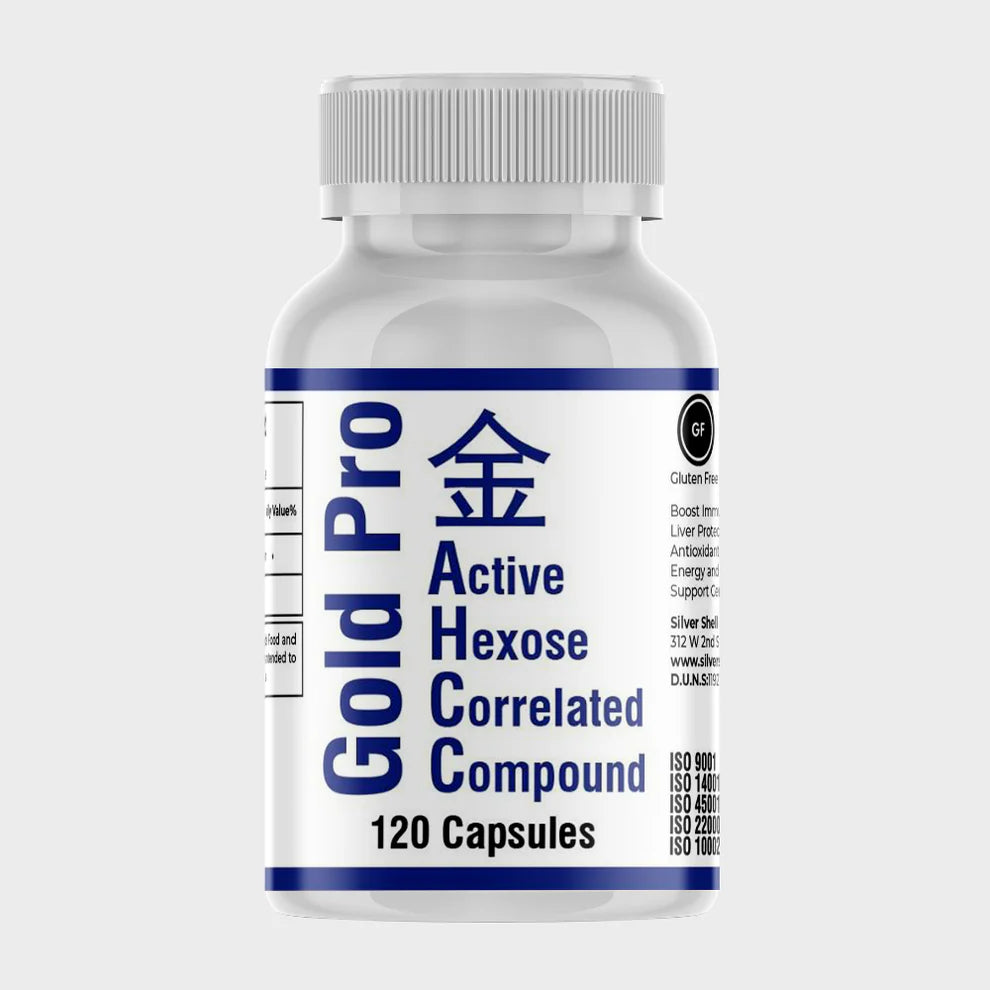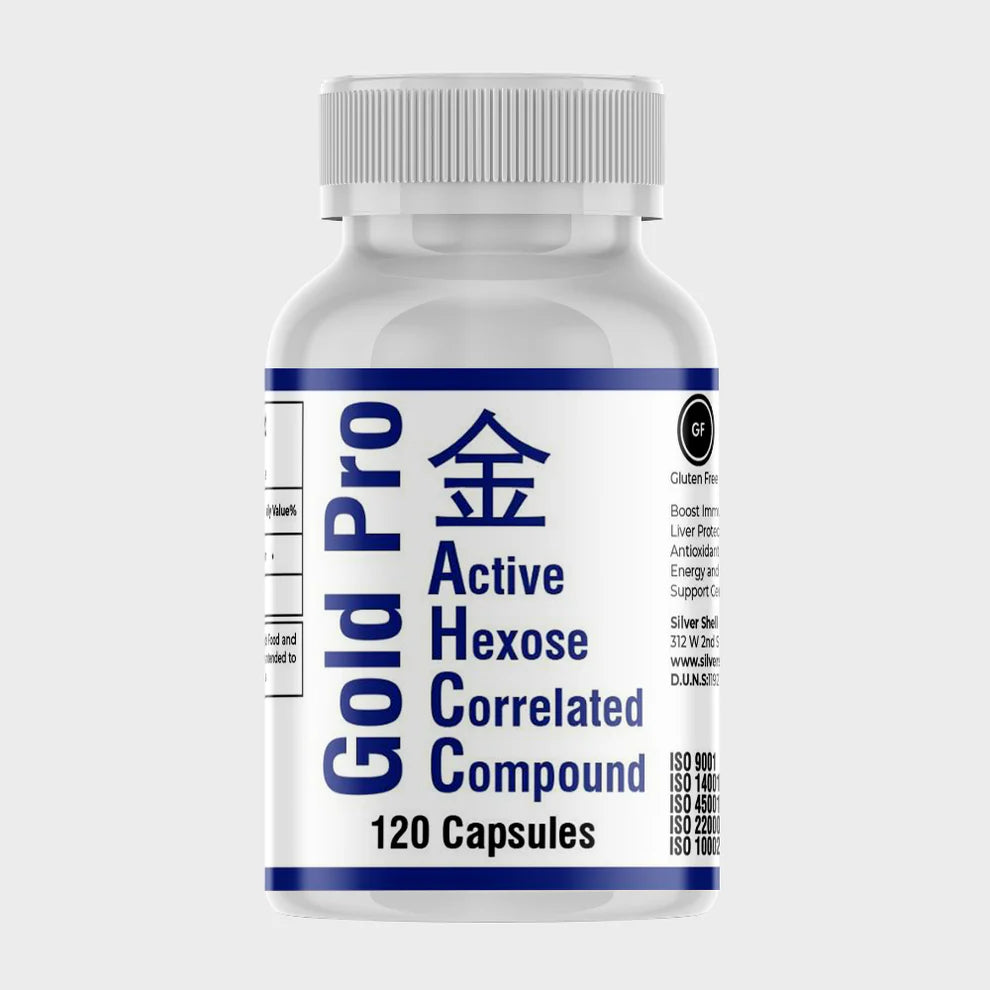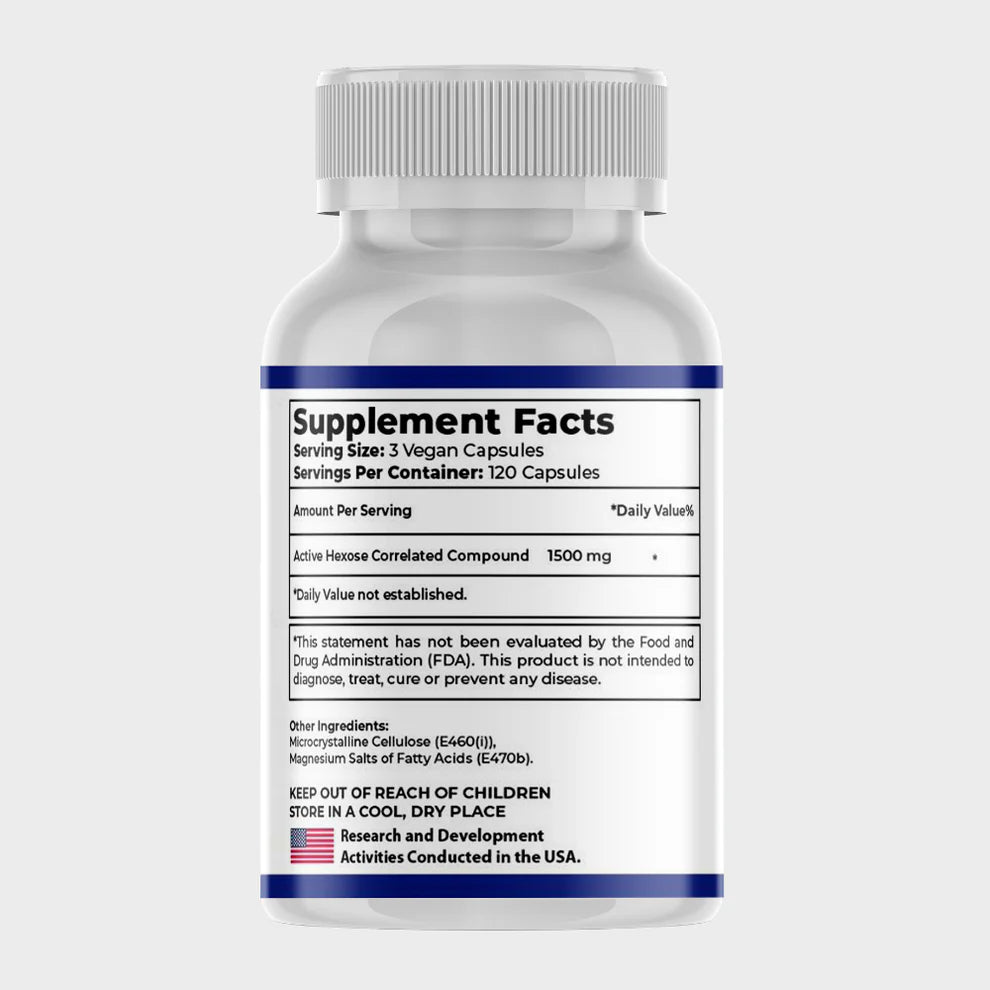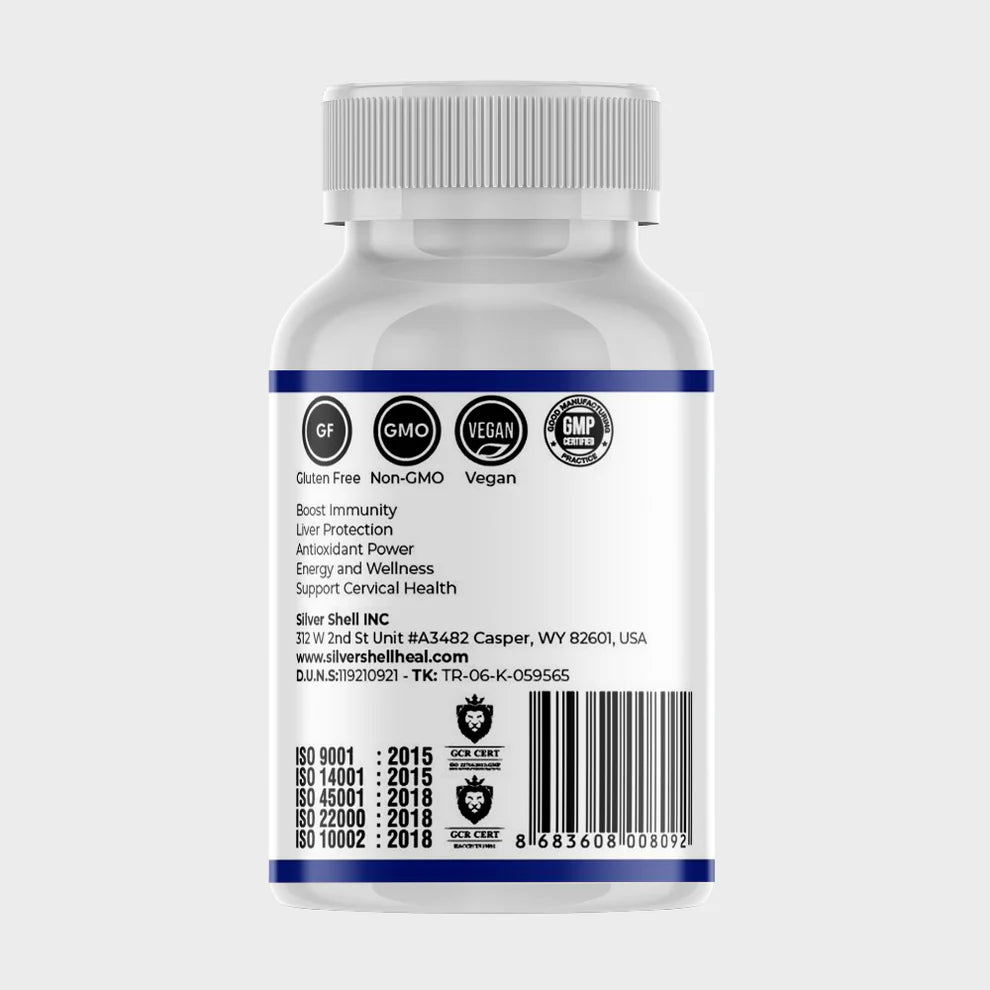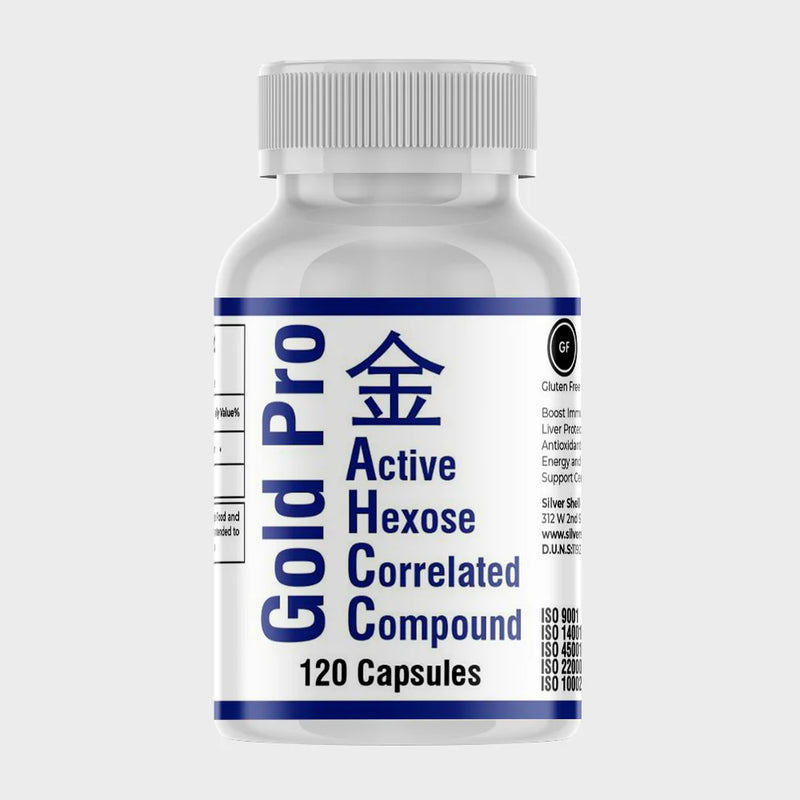HPV, or human papillomavirus, is a common infection that nearly everyone who is sexually active will be exposed to at some point in their lives. While many HPV infections go away on their own, certain high-risk strains can persist and increase the risk of cervical cancer, anal cancer, and other HPV-related conditions.
The good news is that regular screening can help detect HPV early, long before it develops into cancer. However, millions of women around the world miss out on screening each year due to barriers like embarrassment, lack of time, or limited access to healthcare facilities.
Self-sampling HPV tests are a groundbreaking solution to this problem. They allow women to collect their own samples privately, comfortably, and conveniently — without visiting a clinic. But are they right for you? Let’s dive into how they work, their benefits, limitations, and what you should consider before using one.
Why HPV Screening Matters
Before discussing self-sampling, it’s important to understand why HPV screening is so crucial:
-
Cervical cancer is almost always caused by persistent high-risk HPV infections.
-
Screening detects HPV before it leads to precancerous changes.
-
Early detection gives doctors the chance to intervene, monitor, and prevent progression to cancer.
The World Health Organization (WHO) estimates that over 340,000 women die from cervical cancer each year worldwide, yet most of these deaths are preventable with timely screening and vaccination.
What Is a Self-Sampling HPV Test?
A self-sampling HPV test is a medical kit that enables you to collect a vaginal or cervical sample at home. Unlike the traditional Pap smear (which requires a speculum exam performed by a clinician), self-sampling uses a soft swab, brush, or tampon-like device that you insert yourself.
Once collected, you send the sample to a certified laboratory. Technicians then test it for high-risk HPV DNA, which indicates whether you are at increased risk of developing cervical cancer.
Think of it as a hybrid between a Pap smear and a home DNA test — it’s convenient, private, and highly informative.
How Do Self-Sampling HPV Tests Work?
Here’s the typical step-by-step process:
-
Order or receive a kit
Depending on your country, you may be able to order a test online, receive one through your doctor, or participate in a public health screening program. -
Collect the sample
-
Most kits include a sterile swab or brush with simple instructions.
-
You insert it into the vagina, rotate for a few seconds, and place it into a collection tube.
-
The process is quick, painless, and usually takes less than 5 minutes.
-
-
Return the sample
Place the sealed sample into the pre-addressed envelope and mail it back to the laboratory. -
Receive your results
Depending on the service, results are sent to you securely online, by phone, or via your healthcare provider within one to two weeks.
If your test is positive for high-risk HPV, you’ll be advised to schedule a Pap smear, colposcopy, or further examination.
Are Self-Sampling Tests Reliable?
The short answer: Yes.
Multiple studies have shown that self-collected samples are nearly as accurate as clinician-collected samples when tested for high-risk HPV. In fact, the WHO and many health authorities now recommend self-sampling as a valid screening method, particularly for women who otherwise wouldn’t attend a clinic.
A 2021 meta-analysis published in The BMJ found that self-collected samples using PCR-based tests detected high-risk HPV with comparable sensitivity to clinician-collected samples.
This doesn’t mean self-sampling should completely replace Pap smears, but it is a reliable alternative, especially when access to healthcare is limited.
Benefits of Self-Sampling HPV Tests
Self-sampling offers several unique advantages:
-
Convenience: Take the test at home, on your own schedule.
-
Privacy: Avoid potential embarrassment of a clinical exam.
-
Comfort: No speculum required, which many women find uncomfortable.
-
Accessibility: Ideal for women in rural areas or low-resource settings.
-
Empowerment: Puts you in control of your reproductive health.
Self-sampling can also reach populations that are historically underserved — such as women with disabilities, those living far from clinics, or communities with cultural barriers to gynecological exams.
Who Should Consider Self-Sampling?
Self-sampling HPV tests are especially beneficial if you:
-
Are between the ages of 25 and 65.
-
Have missed your regular cervical screening.
-
Find Pap smears painful, embarrassing, or difficult to schedule.
-
Live in an area with limited access to gynecological care.
-
Prefer the privacy and convenience of testing at home.
However, it’s not the best option for everyone. If you are pregnant, have a history of abnormal Pap results, or are already being monitored for HPV, it’s better to stick with clinician-led screening.
Limitations of Self-Sampling
While promising, self-sampling HPV tests are not perfect.
-
They detect HPV, not cancer.
The test cannot tell you if you already have precancerous cell changes or cancer. -
A negative result doesn’t guarantee lifetime protection.
HPV can be acquired at any time; regular screening is still needed. -
A positive result still requires follow-up.
You’ll need to visit a doctor for further testing, such as a Pap smear or colposcopy. -
Availability varies by country.
Not all regions approve or distribute self-sampling kits.
Self-Sampling vs. Pap Smear: What’s the Difference?
| Feature | Self-Sampling HPV Test | Pap Smear / Clinician Exam |
|---|---|---|
| Where it’s done | At home | In a clinic |
| Who collects | You | Healthcare provider |
| What it detects | High-risk HPV DNA | Cell changes (precancer/cancer) |
| Comfort level | High (no speculum) | Moderate (speculum exam) |
| Accuracy | High for HPV detection | High for abnormal cells |
| Follow-up needed | If HPV is positive | If abnormal cells found |
Both are valuable tools, and ideally they work together: HPV testing detects the virus early, while Pap smears identify cell changes.
FAQs About Self-Sampling HPV Tests
1. Do I need a prescription to get one?
In many countries, yes — but some allow direct online orders.
2. Can I really trust the results?
Yes, if the test is PCR-based and lab-analyzed. Look for tests approved by your local health authority.
3. Will it hurt?
No — most women describe the swab as similar to inserting a tampon.
4. How often should I repeat the test?
Guidelines vary, but generally every 3–5 years if results are negative, or sooner if positive.
5. Can men use self-sampling HPV tests?
Currently, these tests are designed for vaginal/cervical sampling in women. Men may need different testing methods for anal or throat HPV, usually performed in a clinical setting.
The Future of HPV Screening
Self-sampling HPV tests are part of a broader global movement toward eliminating cervical cancer as a public health problem. The WHO has set ambitious targets:
-
90% of girls vaccinated by age 15,
-
70% of women screened at least twice in their lifetime,
-
90% of women with cervical disease treated.
Self-sampling is expected to play a big role in reaching these goals, especially in regions where clinic-based screening is not widely available.
Beyond Testing: Supporting Your Immune System
Testing is only half the story. Once HPV is detected, your body’s immune system plays the biggest role in clearing the virus.
Recent clinical studies have shown that supplements like AHCC (Active Hexose Correlated Compound) may support the immune system in fighting off persistent high-risk HPV infections.
-
In trials, women taking 3 grams of AHCC daily had significantly higher clearance rates of persistent HPV compared to placebo groups.
-
AHCC works by modulating natural killer cells and T-cells — the body’s first line of defense against viral infections.
While more research is ongoing, AHCC has become a promising natural support option for individuals seeking to complement medical care with immune-enhancing strategies.
Final Thoughts
Self-sampling HPV tests are a powerful tool that makes cervical cancer prevention more accessible, private, and comfortable. They are safe, effective, and supported by leading health organizations worldwide.
If you’ve been putting off your Pap smear, a self-sampling kit could be the first step toward protecting your health. And if you do test positive, remember that you are not alone — there are steps you can take, from medical follow-ups to immune support with evidence-backed options like AHCC.
Your health is in your hands — and with the right tools, you can take control today.

